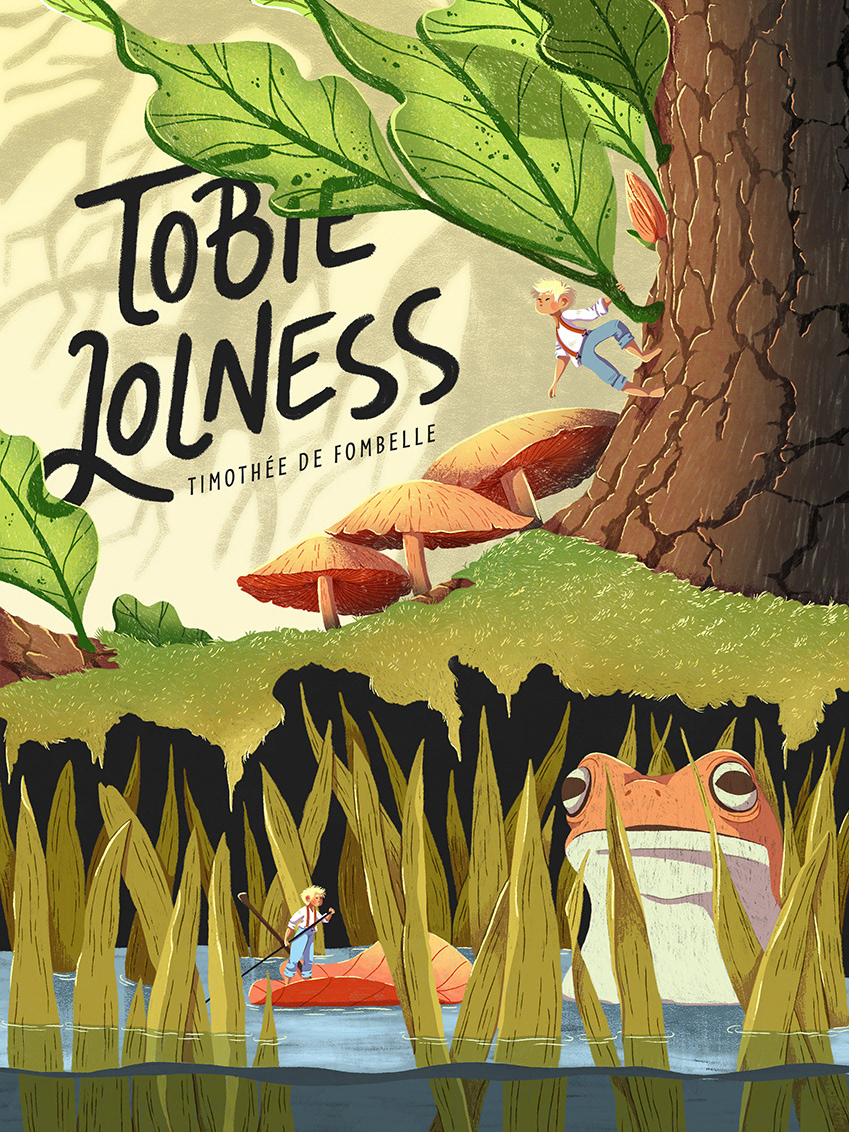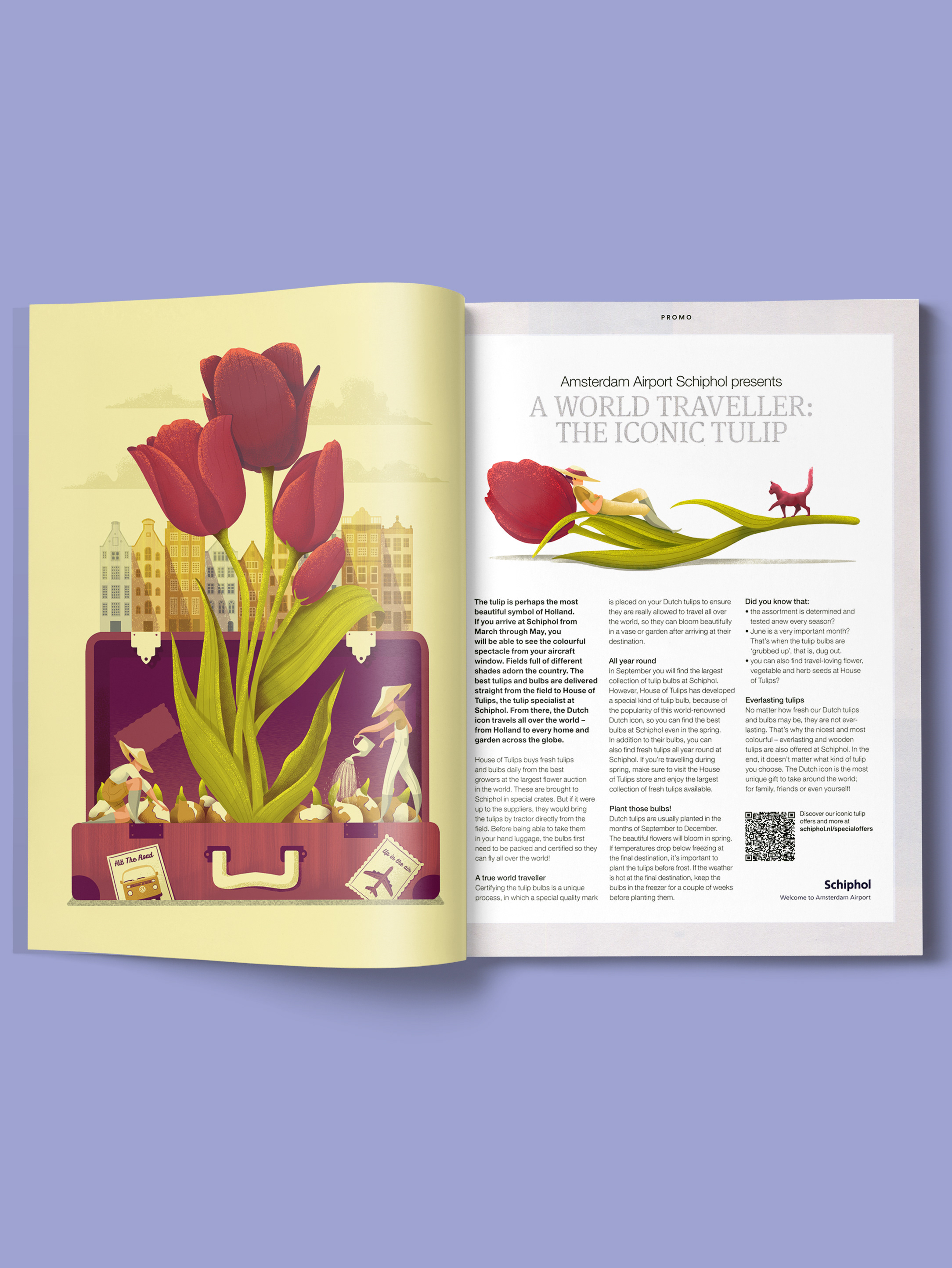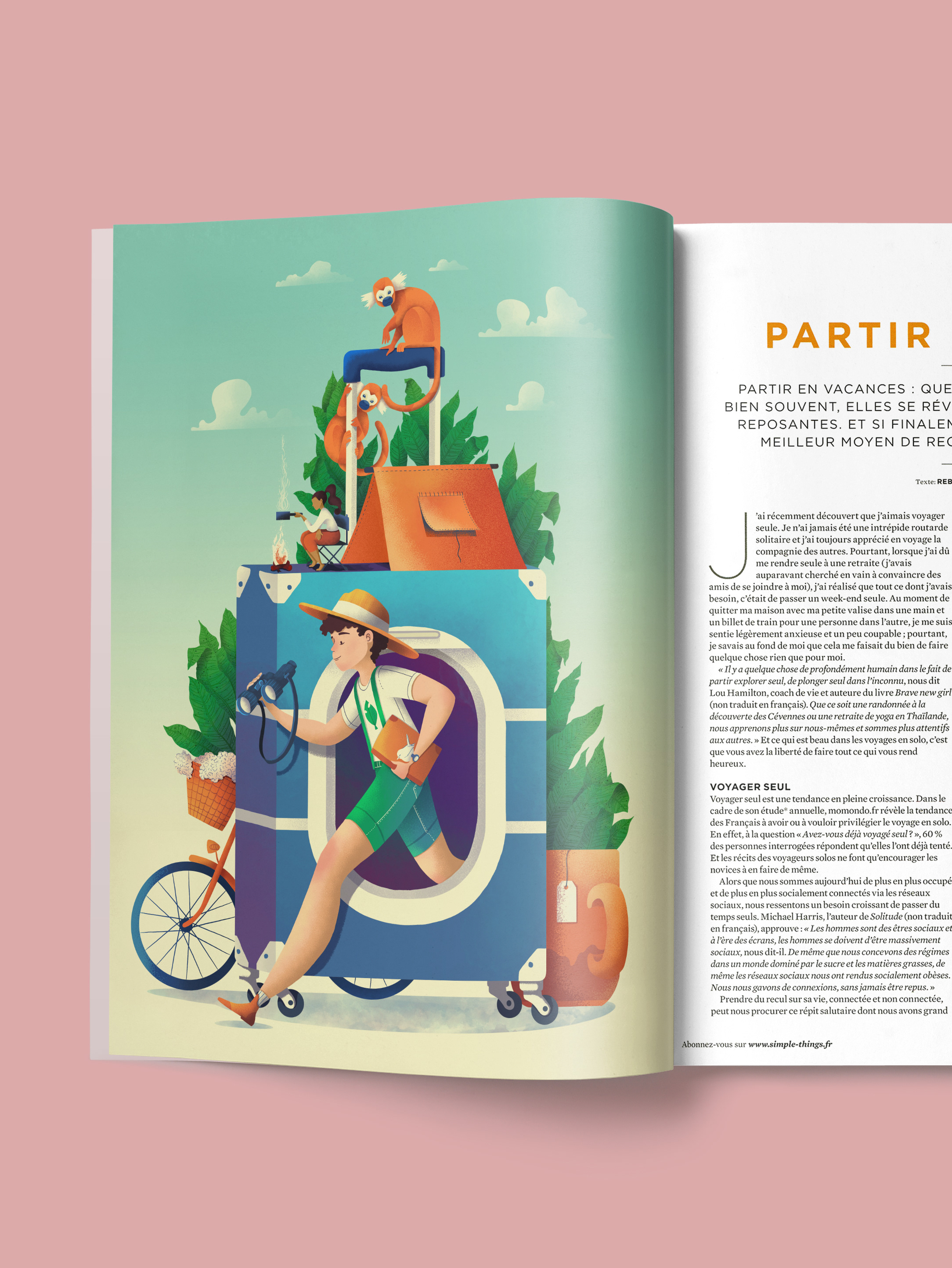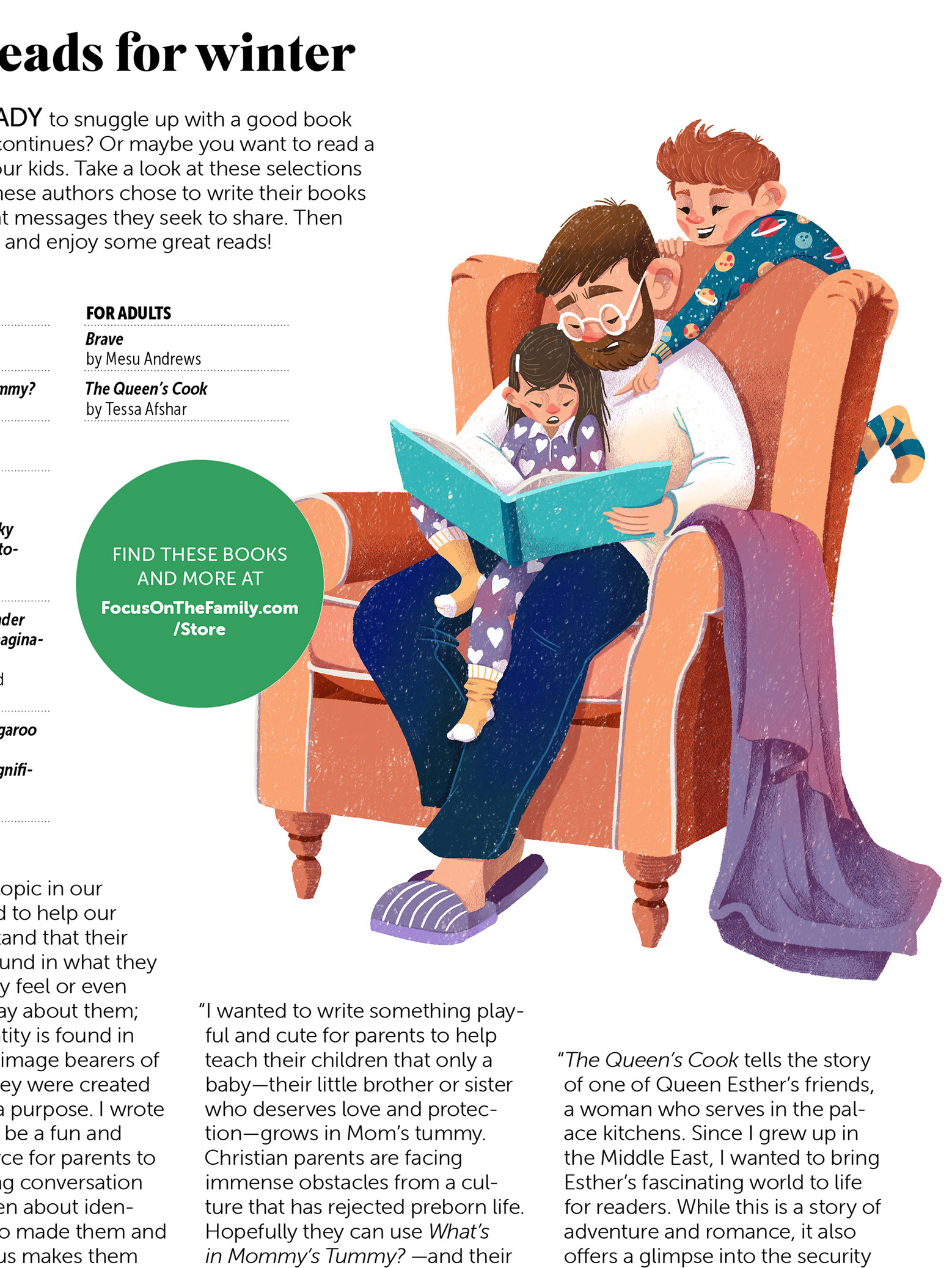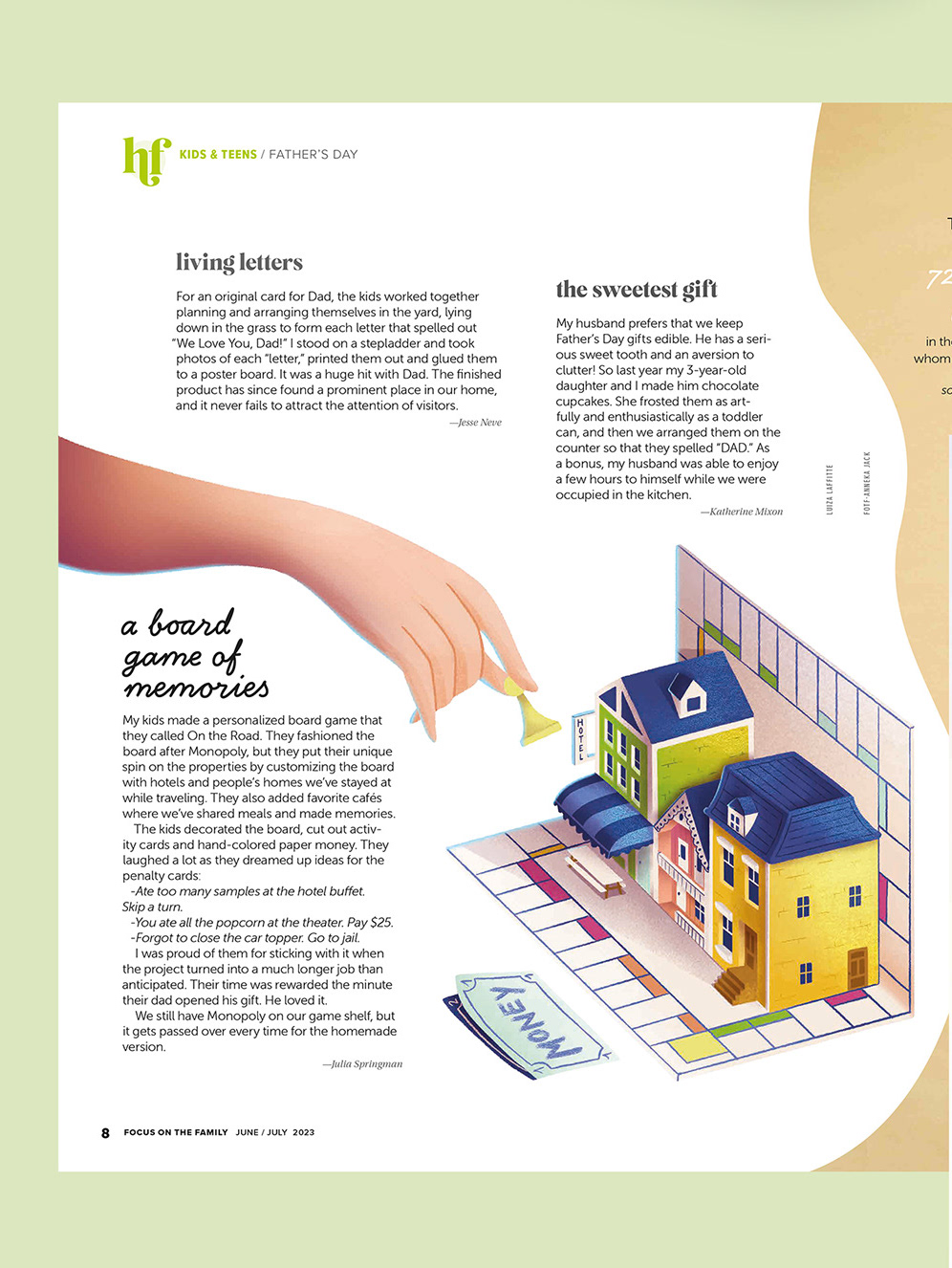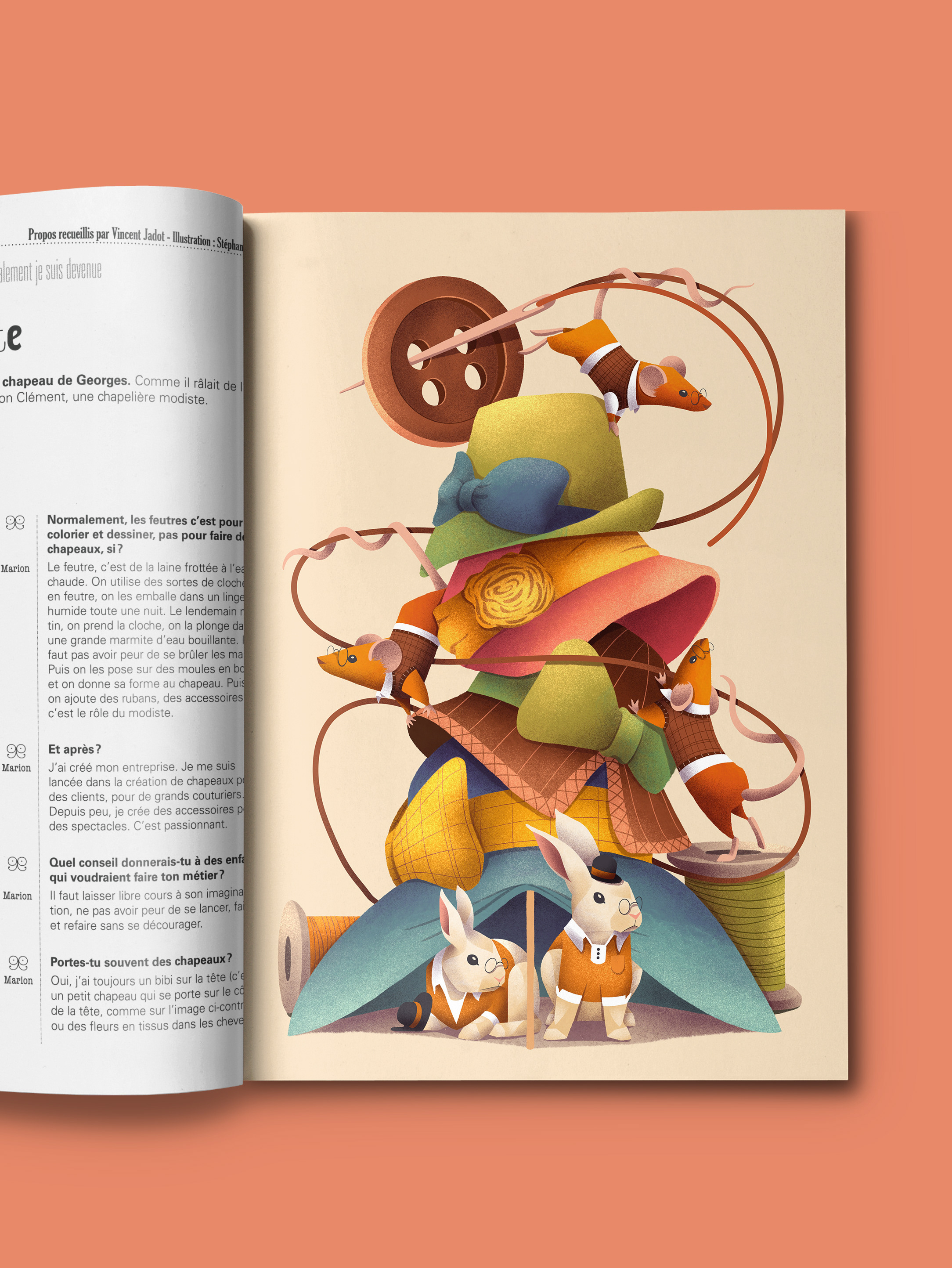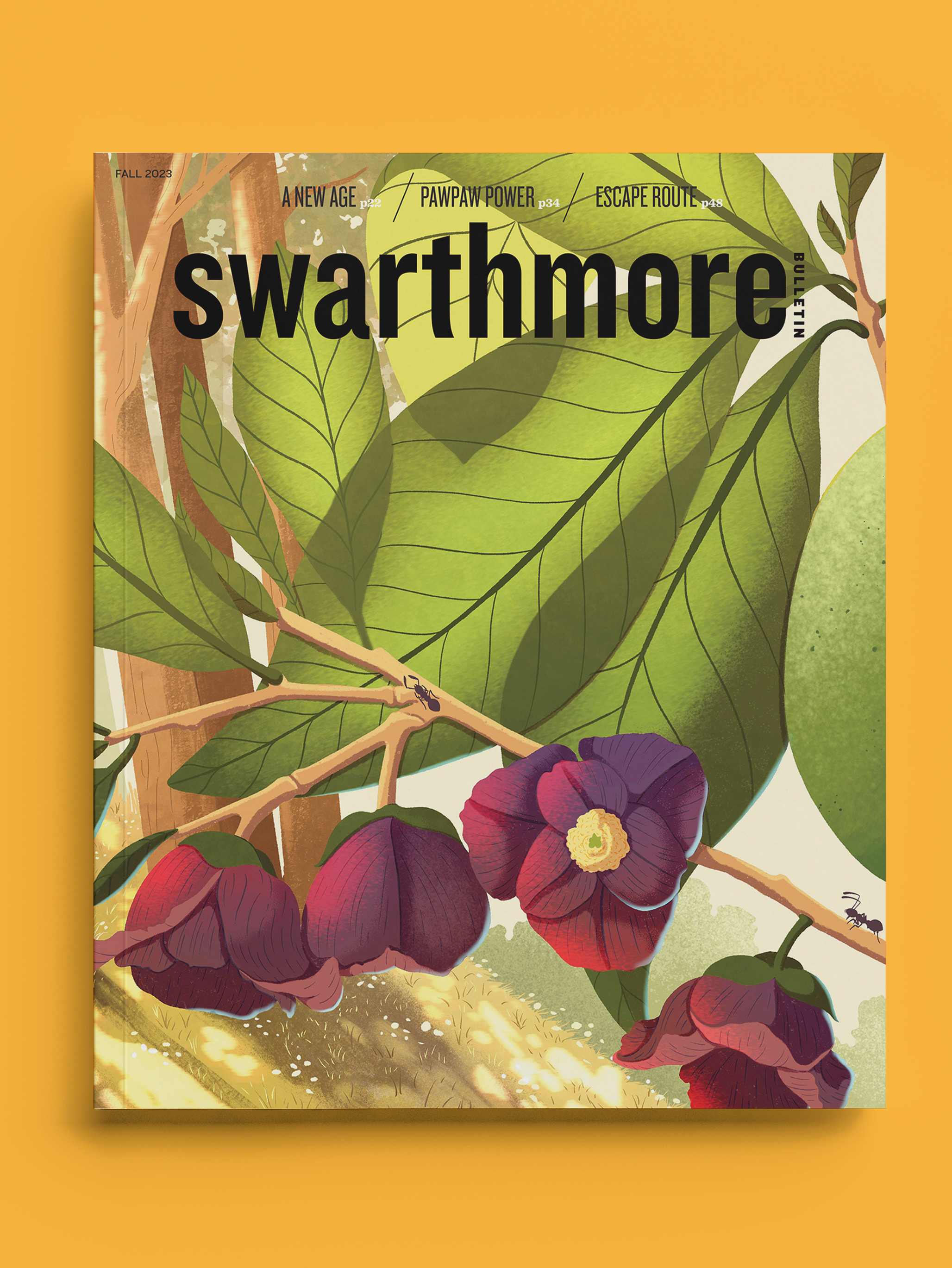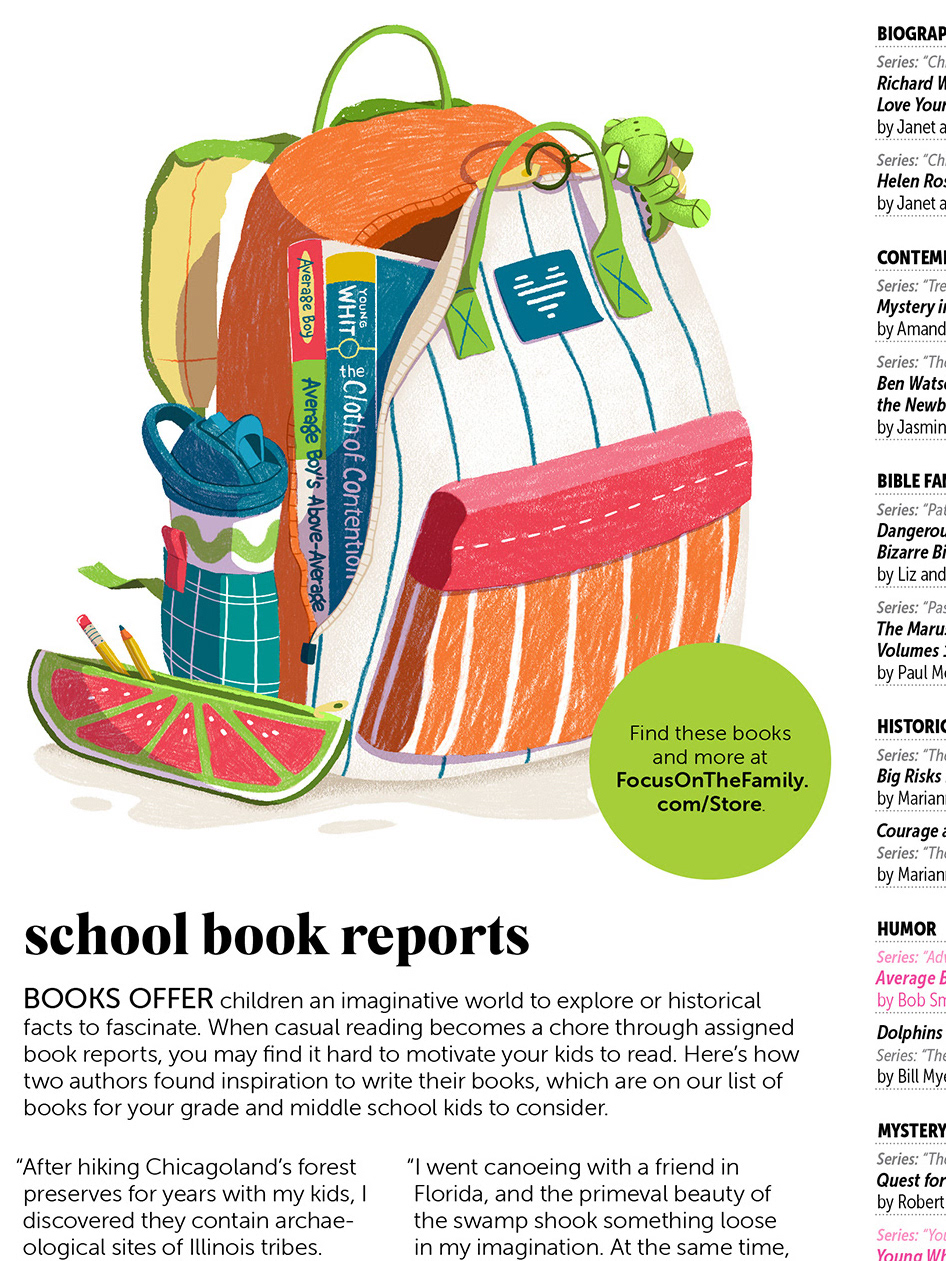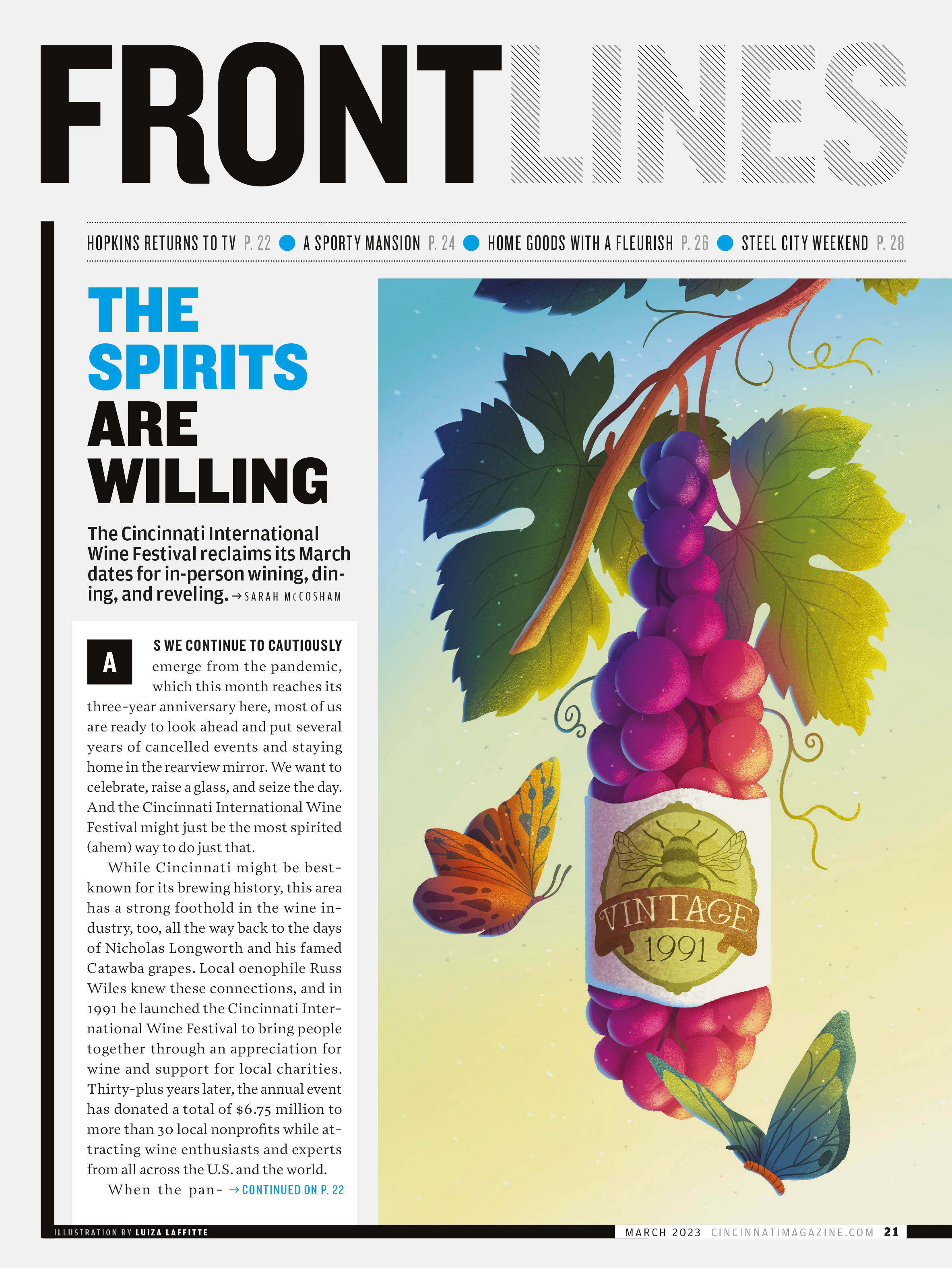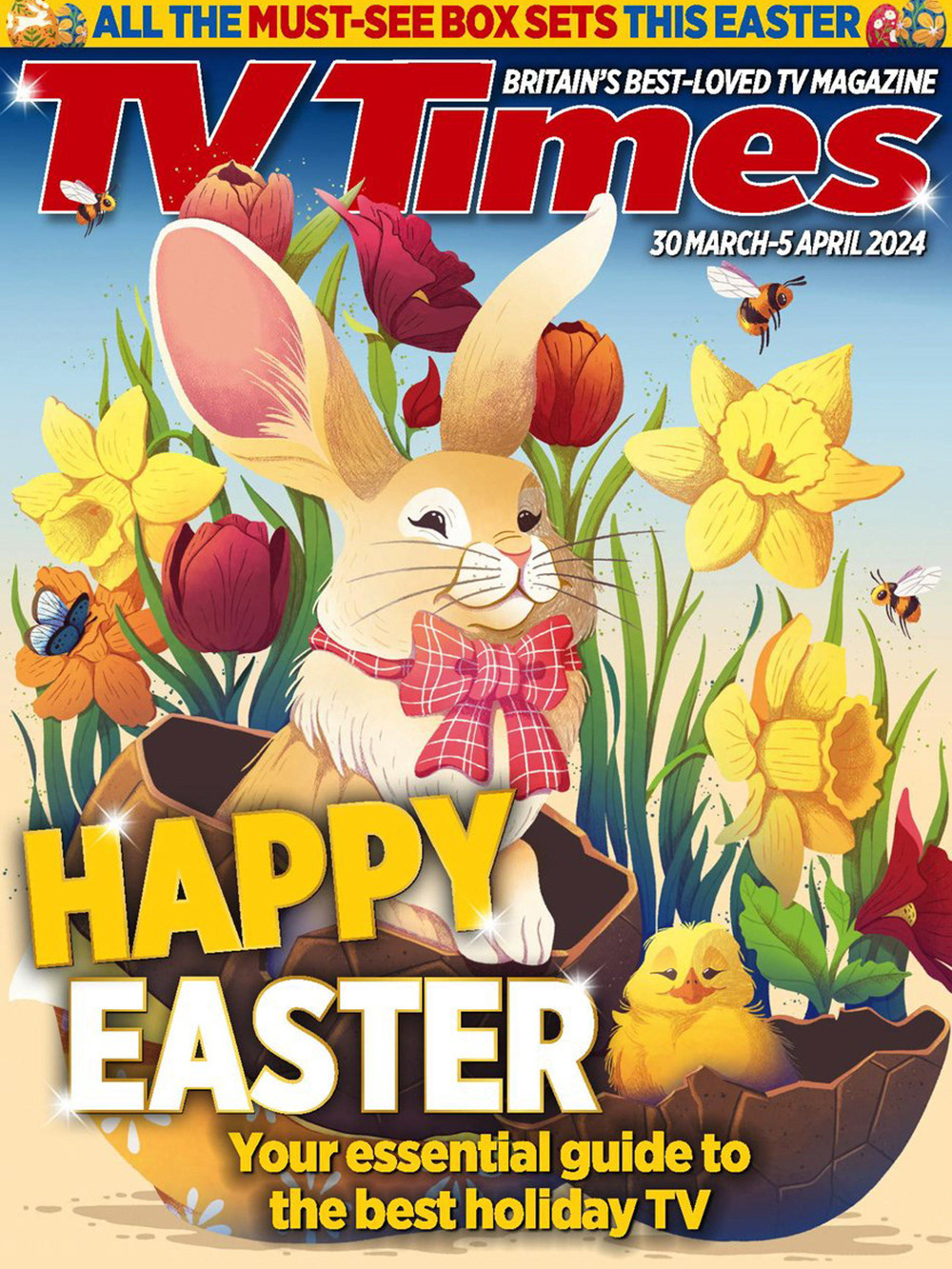Cincinnati Magazine is the definitive guide to living well in Greater Cincinnati. As the city’s most respected and award-winning magazine, they connect with more than 160,000 readers every month, introducing them to the region’s most interesting people, cultural issues, food, arts, fashion, and history via a print subscription, digital content, and events.
I was invited by Cincinnati Magazine to create an illustration for their article about the penguins tank reopening at the Cincinnati Zoo. You can find the article bellow.
...
Cincinnati Magazine est le guide par excellence pour bien vivre dans le Grand Cincinnati. En tant que magazine le plus respecté et le plus primé de la ville, il touche plus de 160 000 lecteurs chaque mois, leur faisant découvrir les personnes les plus intéressantes de la région, les questions culturelles, la gastronomie, les arts, la mode et l'histoire par le biais d'un abonnement imprimé, de contenu numérique et d'événements.
J'ai été invité par Cincinnati Magazine à créer une illustration pour leur article sur la réouverture du bassin des pingouins au Zoo de Cincinnati. Vous pouvez trouver l'article ci-dessous (en anglais).
Penguin Days returns next week, allowing visitors to see the Arctic birds waddle the grounds in a penguin parade.
The PNC Festival of Lights may close on January 9 at the Cincinnati Zoo & Botanical Garden, but for some Arctic animals the fun is just heating up. Penguin Days January 10 through March 11, for instance, allow visitors to see king penguins waddle the grounds in a penguin parade, so long as the temperature is below 50 degrees.
During the parade, a zookeeper guides the penguins from the Wings of the World Bird House to the Children’s Zoo entrance at 11 a.m., and they march back to the birdhouse at 2:30 p.m. The keeper walks alongside, providing insight into the species and answering questions from onlookers. Parades are Fridays through Sundays from January 14 to February 28 as well as holiday Mondays (January 17 and February 21), and discount admission is available daily.
Michelle Curley, communications director for the Zoo, says the parade is optional for the king penguins who live there. That includes Stephen, Stacey, Burger, B.B., Larry, and Martin Luther (all named to play off of “king”). Sometimes the oldest of the flock, Burger, prefers to stay inside its habitat.
“We like to say we inspire visitors,” says Angela Hatke, the Zoo’s digital engagement and publicity manager. “It’s a really cool and unique experience to see our king penguins out of their habitat, right in front of you. Hopefully seeing them up close and how they walk and what they really sound like gets you inspired to care about them in the wild. They’re always vocal, it seems, during the parade. It really makes an impression, and I think people get a greater appreciation for these animals.”
Fittingly, National Penguin Day falls on January 20 each year, which gives the Zoo and other organizations that are dedicated to animal welfare and conservation the opportunity to inform the public about relevant news and issues. Curley says the Zoo traditionally shares content on its blog and social media channels to coincide with such holidays throughout the year. “In general, part of our mission is to educate people and support activities and conservation field projects all over the world,” she says. “We do that with the penguins and all sorts of other species. We incorporate information about conservation on the website, on signage, and in our overall messaging.”
In addition to the king penguins, the Zoo cares for African penguins, little blue penguins, Magellanic penguins, and Southern rockhopper penguins as well as Atlantic puffins and horned puffins. Cincinnati has the largest colony of little blue penguins in North America, with more than 30, and more are due to hatch in January. Hatke says it would be great if one of the eggs were to hatch on January 20, but, of course, it’s hard to count on that.
“It’s pretty rare to have so many different species of penguins, both cold-weather and warm-weather,” says Curley. “Not many zoos have a whole habitat dedicated to birds like we do. The African penguins and little blue penguins are from warm climates. The king, Magellanic, and rockhopper penguins are from cold climates.”
Hatke says it’s a common misconception that the Zoo is closed in winter months after the Festival of Lights. In fact, it’s open year-round, and there are many active animals to see in person now. The manatee exhibit, which is inside, is open year-round. The gorilla facility has an indoor area. The red pandas, snow leopards, and bald eagles all enjoy colder weather. There are also opportunities to visit indoor habitats like the night hunters, bird house, and insect world. “Winter is a great time to come to the Zoo,” says Hatke. “It’s not super crowded, and we still have a lot going on with a lot of animals to see.”
The Zoo also offers educational events for adults, including Landscaping for the Homeowner, a five-week lecture series led by Director of Horticulture Steve Foltz. The series takes place virtually from February 2 to March 2 and covers informative topics about landscape design, choosing the best trees and shrubs, plant selection for spring, and practical knowledge of gardening. Participants can attend as many or as few sessions as they like.
Correction: King penguin Coretta Scott died in 2021, manatees are on display year-round, and the polar bear exhibit no longer exists. An earlier version of this story also listed incorrect dates for Penguin Days. Cincinnati Magazine regrets these errors.
Texte by Natalie Clare - January 7, 2022

